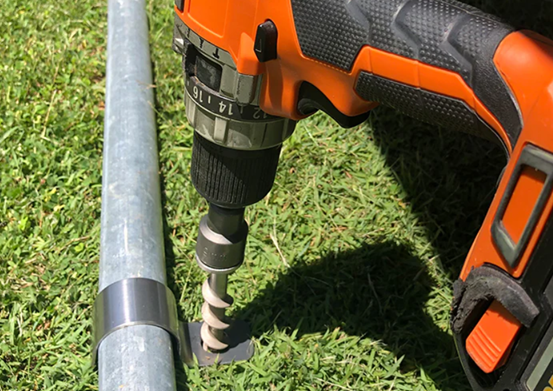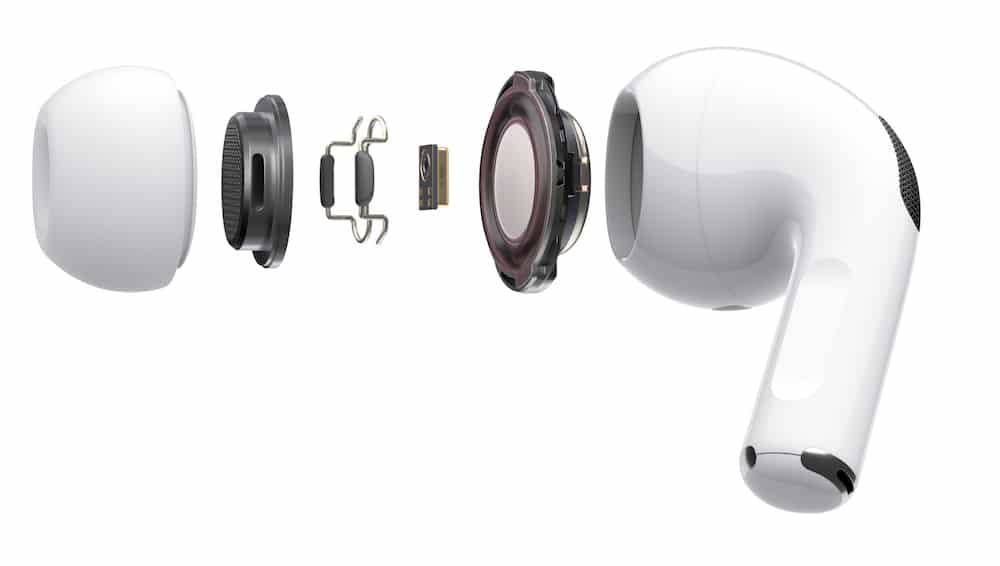How to Anchor a Trampoline Safely in High Winds
Securing a trampoline during high winds is essential for safety. Unanchored trampolines can become airborne, posing significant risks to people and property. In this guide on how to anchor a trampoline, you’ll learn effective ways to secure your trampoline, ensuring stability even in strong winds. Whether you live in a windy region or just want peace of mind during unexpected storms, taking proactive steps can save you from costly repairs and potential injuries.
Why Is Anchoring Your Trampoline Crucial?
Anchored trampolines provide peace of mind. High winds can pick up a trampoline, leading to accidents and damage. Proper anchoring keeps the trampoline steady, prevents injuries, and reduces the chance of property damage. It’s essential for both the short-term safety and long-term usability of your trampoline.Many homeowners underestimate the power of wind, but even moderate gusts can turn a trampoline into a dangerous projectile. Anchoring also protects the trampoline itself from damage, such as bent frames, torn nets, or ripped jumping mats.
What Are the Best Methods to Anchor a Trampoline?
There are several effective ways to secure your trampoline, each with its own strengths. Here’s a closer look at the most reliable options:
Using U-Shaped Wind Stakes
U-shaped wind stakes provide a simple yet effective method. These stakes, made of heavy-duty galvanized steel, fit over the trampoline’s legs and secure them into the ground. They’re easy to install and remove, making them a convenient option.This method works best in soft, grassy areas where the stakes can penetrate the ground deeply. For added security, use multiple stakes on each leg, especially if you expect high wind activity.
Installing Auger-Style Anchors
Auger-style anchors offer a strong and reliable solution. These anchors, screwed into the ground, attach to the trampoline frame with straps or cables. They provide excellent hold in various soil types and are designed to withstand significant wind forces.While installation takes a bit more time compared to stakes, auger anchors offer long-term reliability. They’re ideal if you live in an area prone to heavy storms or gusty weather conditions.
Applying Sandbags or Concrete Blocks
Sandbags or concrete blocks can add weight to the trampoline frame. These are ideal for temporary anchoring solutions. Simply place the sandbags over the trampoline legs to prevent movement.This method doesn’t require any tools and is great for renters or those who don’t want to alter their lawn. However, it may not be as secure in extremely high winds, so consider combining this method with others for added protection.

Utilizing Ratchet Straps and Tie-Down Kits
Ratchet straps and tie-down kits are versatile and adjustable. Attach the straps to the trampoline frame and secure them to ground anchors or heavy objects. This method provides flexibility and strong hold.Many tie-down kits come with weather-resistant straps and heavy-duty hooks. These can be used in combination with auger anchors for maximum security and are especially helpful for securing trampolines in loose soil or sloped yards.
How to Anchor a Trampoline Step-by-Step
Step 1: Choose the Right Location
Select an area free from obstruction, such as trees, fences, or power lines. Ensure the ground is level to provide a stable base for installation. Positioning your trampoline in a sheltered area can also reduce wind exposure.
Step 2: Select Appropriate Anchoring Tools
Based on your preference and ground type, choose U-shaped stakes, auger-style anchors, sandbags, or ratchet straps. Each has its advantages, so select what’s best suited for your conditions. For extra protection, you can combine more than one method.
Step 3: Install Anchors into the Ground
For U-shaped stakes, position them over the trampoline legs and force them into the ground using a hammer. For auger-style anchors, twist the anchors into the soil using a rod or similar tool until the head of the anchor is flush with the ground.Ensure the anchors are evenly spaced around the trampoline frame and installed at the correct angle for maximum holding power.
Step 4: Secure Trampoline Frame to Anchors
Attach straps or cables from the auger anchors to the trampoline frame. Ensure all legs are secure if you are using multiple anchoring methods. Check the tightness and adjust as necessary. If using tie-down kits, follow the manufacturer’s guidelines for optimal tension and angle.
Step 5: Inspect and Test Stability
Once installed, inspect all connection points and give the trampoline a gentle push to ensure stability. Regularly inspect and adjust as necessary, especially before a storm. It’s also a good idea to test the strength of your setup after heavy rainfall, which can loosen soil.
Can You Anchor a Trampoline on Different Surfaces?
Anchoring on Grass or Soil
Anchoring on grass or soil provides better grip for stakes and augers. Grass and soil are easier to manage and allow deeper penetration, offering a more secure hold. Make sure the soil is firm enough to support the weight and resistance needed.
Anchoring on Concrete or Decking
For concrete or decking, use weighted methods like sandbags or fasten anchor points to exterior heavy objects. Ensure that any hardware used is heavy-duty to withstand the forces exerted by wind.You can also use special concrete anchors that bolt into the surface, though this may require drilling. This solution is more permanent and suitable for long-term trampoline placement.
Conclusion
Learning how to anchor a trampoline properly is essential to safeguard your family and property. Use appropriate methods based on your environment and follow the step-by-step guide for a secure installation. Proper anchoring ensures your trampoline stays where it belongs—even during strong gusts or stormy conditions. By choosing the right tools and maintaining your setup, you can enjoy peace of mind and safe bouncing fun for years to come.
FAQ
What wind speed can lift a trampoline?
Trampolines can be lifted by wind speeds as low as 40 mph. Proper anchoring can significantly reduce this risk.
Is it necessary to remove the safety net during storms?
Yes, removing the safety net can reduce wind resistance, making the trampoline less likely to become airborne.
Can I use DIY methods to anchor my trampoline?
DIY methods like using homemade sandbags are possible, but professionally designed anchors offer tested, reliable security.
How often should I check my trampoline anchors?
Inspect your anchors every few weeks and especially before or after storms. Look for loosened stakes, worn straps, or shifting in the soil.




![PAU - [ Altern@tives-P@loises ] PAU - [ Altern@tives-P@loises ]](http://website-google-hk.oss-cn-hongkong.aliyuncs.com/drawing/179/2022-3-2/21584.jpeg)

![Good deal: 15% bonus credit on App Store cards of €25 and more [completed] 🆕 | iGeneration Good deal: 15% bonus credit on App Store cards of €25 and more [completed] 🆕 | iGeneration](http://website-google-hk.oss-cn-hongkong.aliyuncs.com/drawing/179/2022-3-2/21870.jpeg)





Related Articles